This article was originally published at the Indian Strategic Studies Forum (ISSF) in August 2022. ISSF is a non-partisan think-tank focusing on the study of national security and aims to provide a neutral perspective on the same.
Before the Galwan skirmish China was not seen as a problem by most, the public was more concerned about the immediate threats from Pakistan given the major terrorist attacks that had taken place like Pathankot, Uri and Pulwama. China and the disputed borders weren’t part of mainstream discourse.
Galwan marked a shift from this state of affairs, the Indian establishment and the people understood that the unresolved border issues with China and the legacy of 1962 is still a reality. The shift in attitude can be best described as the perception of China changing from a competitor to an immediate threat. The fixation with Pakistan had made it inconvenient for most to address the elephant in the room which was China’s rise. When one looks at things objectively from an Sino-Indian rivalry point of view Pakistan is nothing more than a symptom of the said rivalry.
This is made more clear when one looks increasing cooperation that has been the norm between Pakistan and China, from grand strategic programs like CPEC to military cooperation, which has resulted in projects like the JF-17 ‘Thunder’ Multirole fighter to the Al-Khalid Main Battle Tank. Aside from helping Pakistan in joint development of military hardware China has emerged as a reliable supplier of equipment that Pakistan otherwise cannot source from western suppliers like Tanks and other heavy equipment like Artillery. One can reasonably argue that China is propping up Pakistan both economically and militarily in an attempt to contain India.
India’s response over the years has been attacking the symptom instead of the cause. This has now changed with the establishment and public being mentally prepared and willing to see China as the main geopolitical rival that India faces.
The Chinese for their part do not care too much about India and discussions about India are rare according to the author’s sources. For the Chinese their main concern is the United States and India is seen as a symptom of that rivalry and not as an independent actor that can influence events by itself.
This new state of affairs has resulted in a major reorientation of India’s strategic thinking with more and more higher ranking officials in the military like the late CDS Bipin Rawat saying that China represents the biggest threat to India. The reorientation towards China has left many wondering how the Chinese strategic thinking works and how India can prepare itself to deal with this new challenge.
The answer to the first question that most people have come up with is Sun Tzu’s Art of War and Chanakya’s Arthashastra became it’s antidote. Both the answers are wrong. This article will try to explain some essential principles from the Art of War and compare the text with the Arthashastra.
What the Art of War is and isn’t.
The Art of War is seen as the be all and end all of all Chinese strategic thinking by many, which it is not. The Art of War is just one of the 7 Military classics of Ancient China but it’s the most well known one and gained a lot of popularity in both military and civilian circles.
It’s influence on Chinese strategic thinking is overstated, as it only represents a part of what Ancient Chinese strategic thought has to offer but is still the most popular of the 7. This popularity also has to do with the way the text is written which makes it easy to misrepresent what Sun Tzu is trying to say and many people project onto it what they want it to say. The issue of translation is another problem which makes it important to read the text in Chinese or use multiple translations in order to understand the true meaning of what’s being said. For this article, the author has used Lionel Giles’s translation.
When it comes to misrepresentations of the art of war one can easily see many in the civilian sphere, these try to apply the Art of War in fields like Business and Personal relationships. To really understand the work one has to look at it through a military-strategy lens.
What are the principles Sun Tzu tries to put forward?
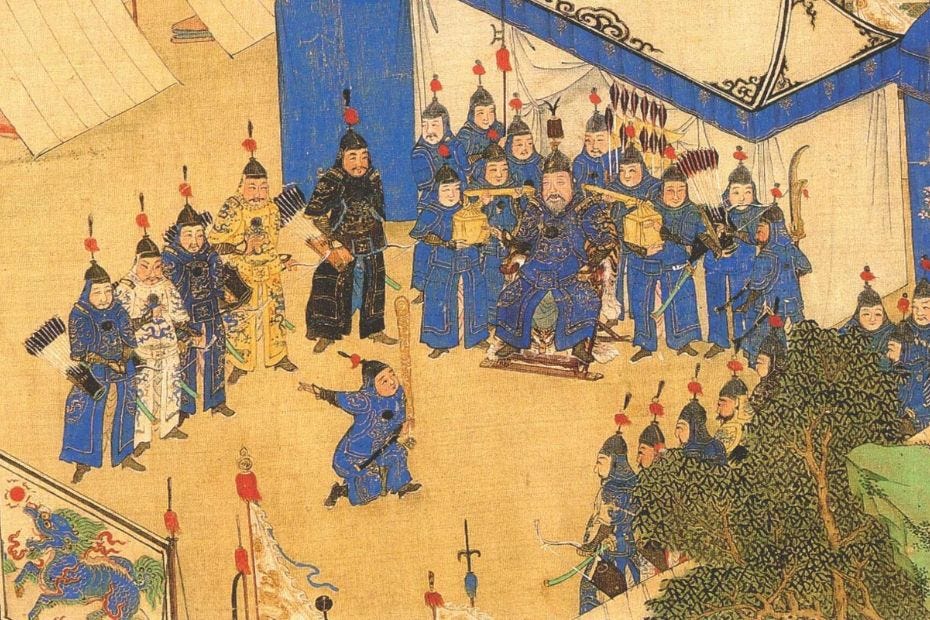
There are many lessons one can learn from the Art of War at the operational and tactical level but to keep things simple, the author has highlighted a few principles and some examples from recent history that are most relevant to India.
“Hence to fight and conquer in all your battles is not supreme excellence; supreme excellence consists in breaking the enemy’s resistance without fighting” - (Chapter 3, Verse 2)
“Thus it is that in war the victorious strategist only seeks battle after the victory has been won, whereas he who is destined to defeat first fights and afterwards looks for victory.” - (Chapter 4, verse 15)
What Sun Tzu is trying to teach us is that wars and battles are won before the swords start clashing and the guns fire. This principle can be best illustrated with the example of India’s failure in the 1962 war which made defeat the only possible outcome. The Indian outposts at both the Eastern and Western sectors were isolated, couldn’t be supplied or reinforced and couldn’t mutually support each other with fields of fire. There was no artillery support and the heaviest weapon these outposts had were machine guns.
When the PLA moved in they were able to take out each Indian outpost one by one and keep advancing. The failure of the Indian army is portrayed as one which was the result of China betraying India and launching a surprise attack. But what this actually showed was that the Indian army wasn’t prepared for hostilities even after a decade of tensions and also its the inability to understand Chinese tactics and methods of operations after witnessing the Korean war. Thus breaking another key principle that Sun Tzu tries to teach.
“If you know the enemy and know yourself, you need not fear the result of a hundred battles. If you know yourself but not the enemy, for every victory gained you will also suffer a defeat. If you know neither the enemy nor yourself, you will succumb in every battle.”
-(Chapter 3, verse 18).
Moving on, one can learn many other important lessons which Sun Tzu has to offer in different levels of strategy such as the importance of separating the political leadership and the military
“He will win who has military capacity and is not interfered with by the sovereign”
- (Chapter 3, verse 17)
The inability of Egypt to separate the military and the political leadership during the 1973 war is a good example of this. Lt. Gen Saad el-Shazly the architect of Operation Badr and the man who turned the Egyptian army into a competent fighting force had to deal with interference from Sadat who wanted Egyptian forces to advance, the goal of which was to put more pressure on the Israelis and relieve the Syrians who were getting beaten in the North.
Another example of this is the dismissal of Major General Akhtar Malik and replacing him with Major General Yahya Khan during the initial stages of the1965 war which resulted in Pakistan being unable to push through with the advantage it had over India due to the resulting chaos from this change in leadership.
Another important lesson Sun Tzu wants to teach us is that wars are not something that we should idealize but is an ugly reality.
“There are no instances of a country having benefited from prolonged warfare” - (Chapter 2, verse 6)
One only needs to look at Habsburg Spain, an empire that was fighting wars on multiple fronts from the ascension of Charles V in 1519 to the signing of the Treaty of the Pyrenees in 1659, that resulted in Habsburg Empire no longer being a major player in European affairs.
These are just a few examples out of the many important lessons that one can learn, many would appear to be common sense and a pointless repetition of what is obvious but in war even the most basic principles are disregarded, so one cannot afford to take anything lightly.
Chanakya and Sun Tzu
Chanakya occupies a major role in shaping India’s strategic thinking, his various contributions range from the insights into how diplomacy should be conducted to theories of international relations like the Mandala theory. Chanakya’s goal when writing the Arthashastra was to create a guide for kings, which would help them rule their state effectively and expand its territory.
The Mandala theory of state relations can be regarded as the first attempt at understanding international relations and today it is what guides India’s foreign policy. Many successful nations throughout history have understood this theory intuitively. The focus on statecraft which one can observe makes an interesting case for the use of all options available at a ruler’s disposal, both military and non-military as even in peace diplomacy is war by intrigue or mantrayuddha.
Sun Tzu on the other hand wrote the Art of War as an instruction manual for generals. This divergence in focus can be observed when one compares the texts.
The Art of War offers lessons on the Operational and Tactical levels of strategy while Chanakya’s Arthashastra is more about grand strategy and policy, Chanakya does talk about what a conquer must do when attacking an enemy but the prescriptive nature of his suggestions makes a lot of what’s said dated.
Conclusion
Strategists, Policy makers and military officers must therefore learn from both, to better understand the role of war and how it can be effectively waged along with statecraft considerations that a nations will have to keep in mind when navigating the international system.
To treat Sun Tzu and his insights as a problem that needs to be solved is a folly and it reflects a sense of insecurity. Both Sun Tzu and Chanakya have insights to offer that can expand the horizon of strategic thought and therefore should complement each other.
The Chinese have a clear goal, which is the rejuvenation of the Chinese nation and ensuring that China takes back its rightful place in the world that they had lost during the century of national humiliation. To achieve this goal they have embraced both eastern and western thinking, studied the histories of all superpowers from the Dutch to the Americans and have started to implement the lessons learned in order to further their goals. For India to survive the coming anarchy and rise as a great power, the nation will have to treat the study of history and strategy more seriously, while being willing to absorb wisdom from both the east and west.

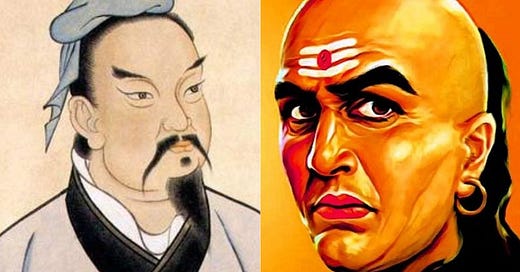



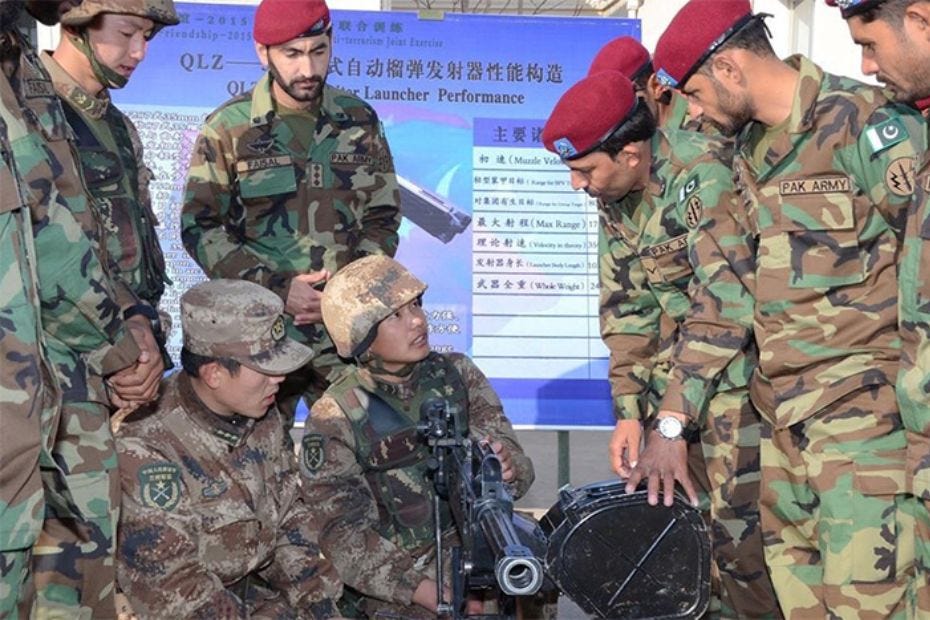
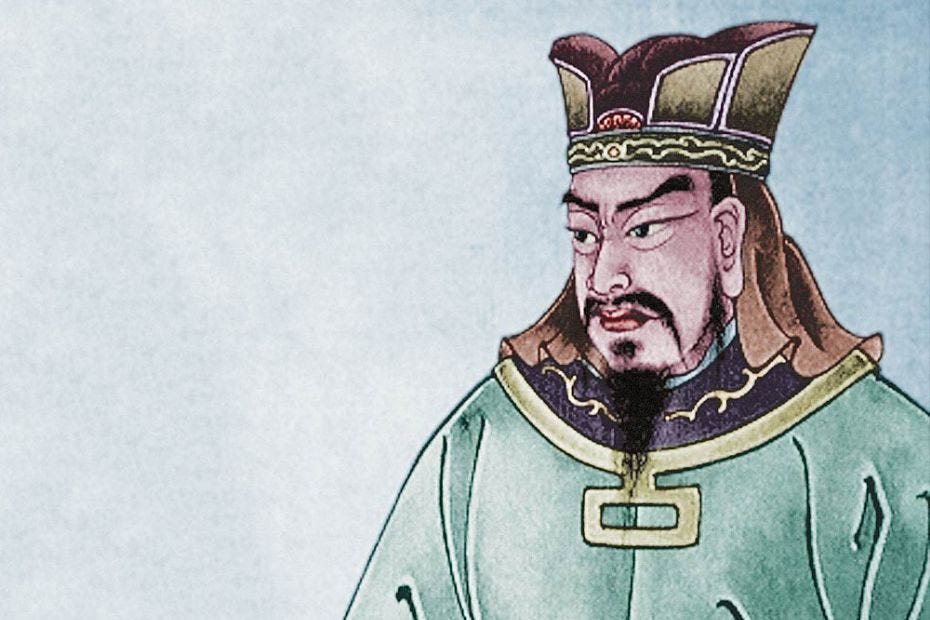
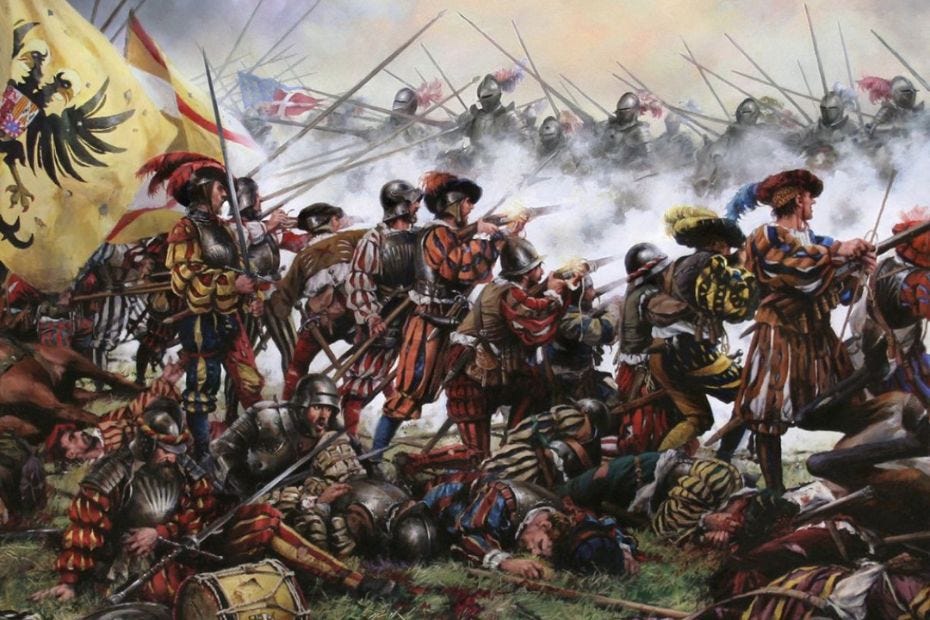
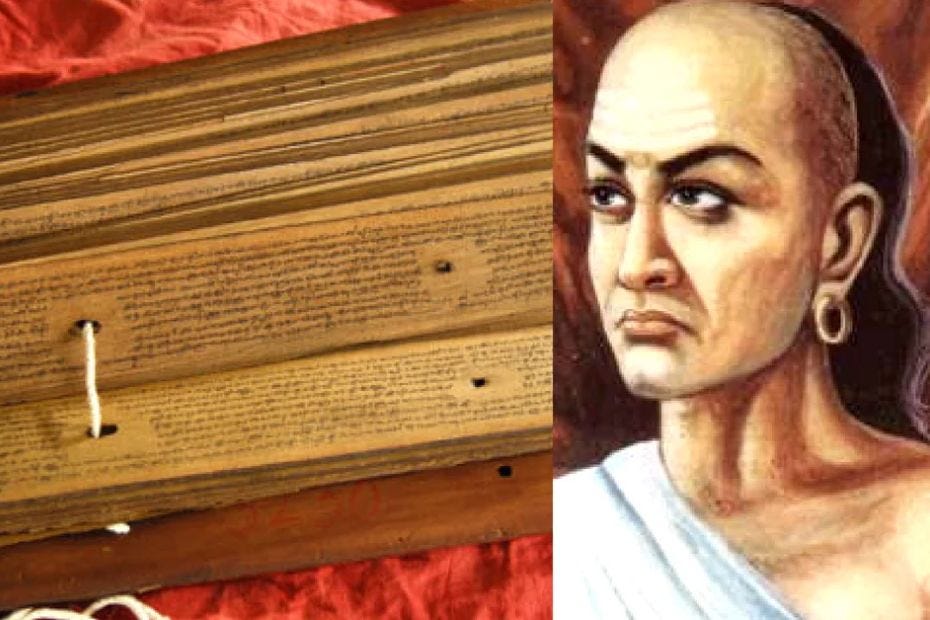
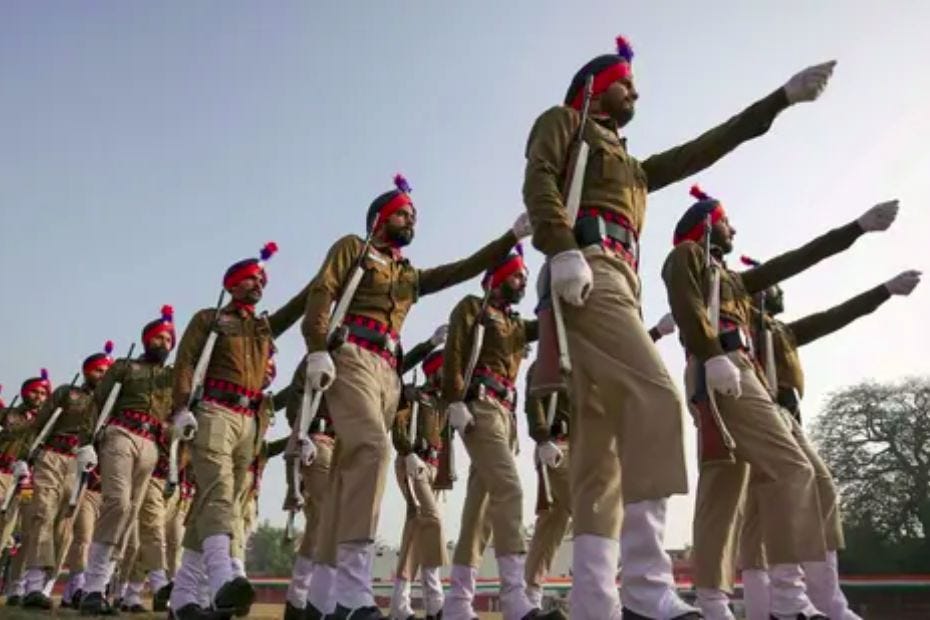
“Hence to fight and conquer in all your battles is not supreme excellence; supreme excellence consists in breaking the enemy’s resistance without fighting”
Is he referring to diplomacy?